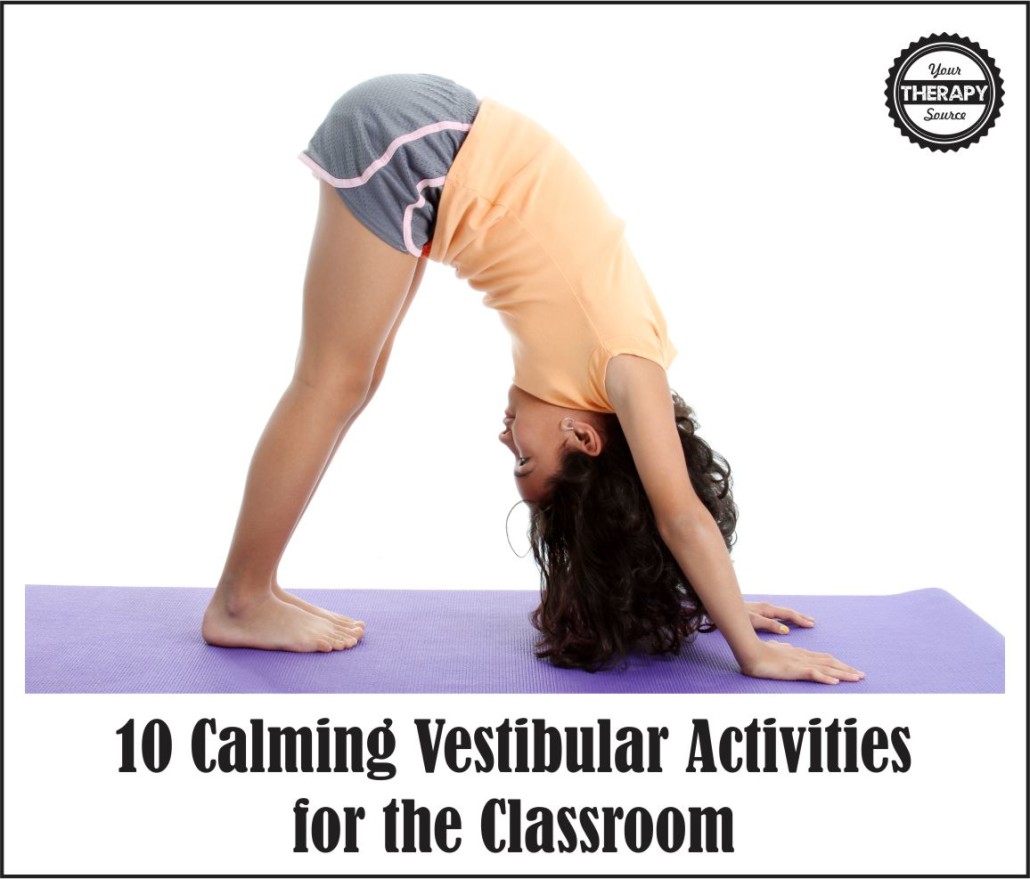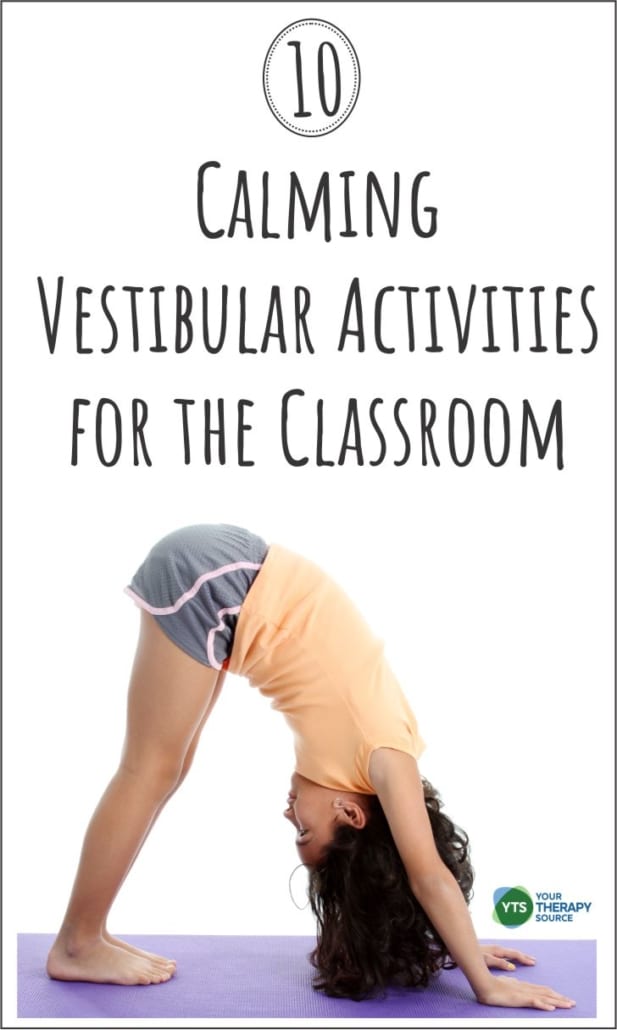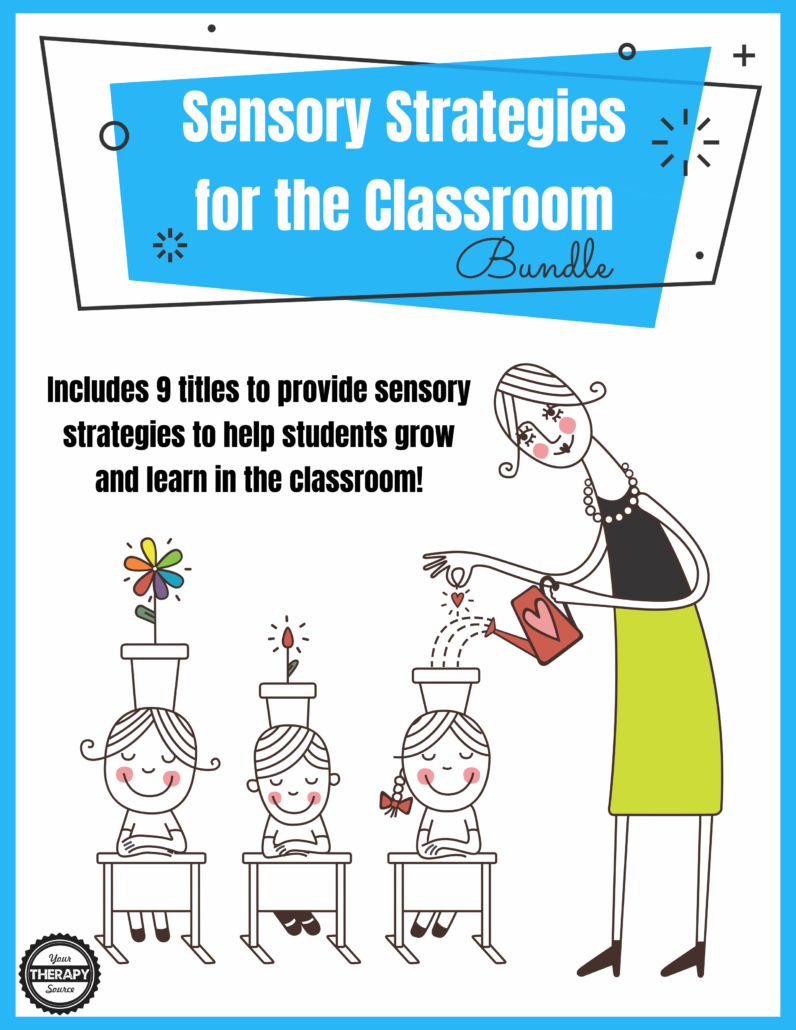10 Calming Vestibular Activities for the Classroom

Some students benefit greatly from movement throughout the school day. The right kind of vestibular input can help calm the nervous system, support regulation, and prepare the brain for learning. When thoughtfully integrated into routines, vestibular activities can become a powerful part of your classroom’s sensory support toolkit.
Understanding the Vestibular System
The vestibular system is responsible for sensing head position and movement. It helps the brain understand where the body is in space, how fast it’s moving, and in what direction. Located in the inner ear, this system works in tandem with the visual, tactile, and auditory systems to support balance, posture, and coordination.
This system detects both linear (straight) and rotational (circular) movements. We rely on it every day to stand upright, walk, sit still, or adjust to changes in position or motion. When the vestibular system is functioning well, students can move through their environment smoothly and maintain a comfortable level of alertness.
Why Vestibular Input Matters
Vestibular input influences physical and emotional responses. For some students, it helps promote calm and organization. For others, it can help increase alertness and focus. When there is difficulty processing vestibular input, it may show up as poor balance, excessive movement-seeking behavior, motion sensitivity, or even avoidance of certain activities.
It’s important to remember that vestibular input can have lasting effects—both positive and negative. While slow, rhythmic movement is generally calming, fast or unpredictable movement can be overstimulating for some students. Always observe each student’s reactions and honor their preferences.
10 Calming Vestibular Activities for the Classroom
These activities are generally slow, rhythmic, and predictable. They can be used as part of sensory breaks, transitions, or calming routines throughout the day.
-
Rocking back and forth in a rocking chair
-
Gentle stretching, especially involving the neck and back
-
Slow marching in a straight line
-
Inverted positions such as Downward Dog pose (note: some students may find head inversion uncomfortable)
-
Simple classroom yoga poses
-
Try a soothing movement and rhythm activity like the Vestibular Song
-
Slow rocking while seated on a therapy ball
-
Tuck and Rock: Lie on the back, bring knees to the chest, wrap arms around the knees, and rock slowly
-
Rocking back and forth on all fours (hands and knees)
-
Animal walks with head inversion, such as slow bear walks or gentle donkey kicks
Want even more calming ideas?
Check out these helpful resources:
With careful use, calming vestibular activities can help create a classroom environment that supports regulation, attention, and readiness to learn—for all students.
Need more sensory strategies for the classroom?
The Sensory Strategies for the Classroom Bundle includes 9 digital downloads to help students to be ready to learn or participate in functional tasks.




